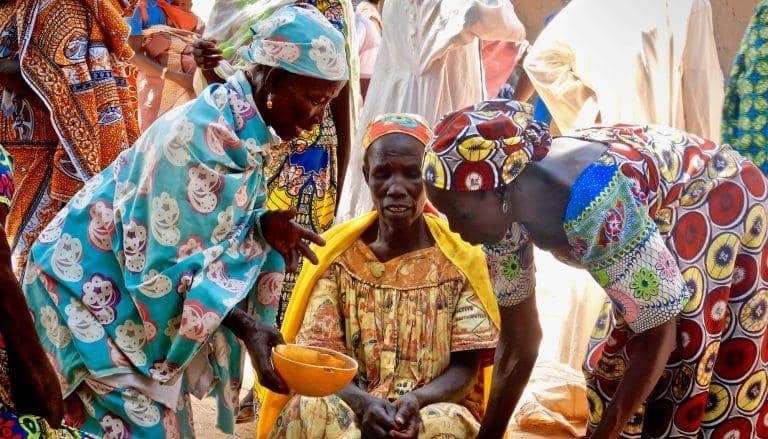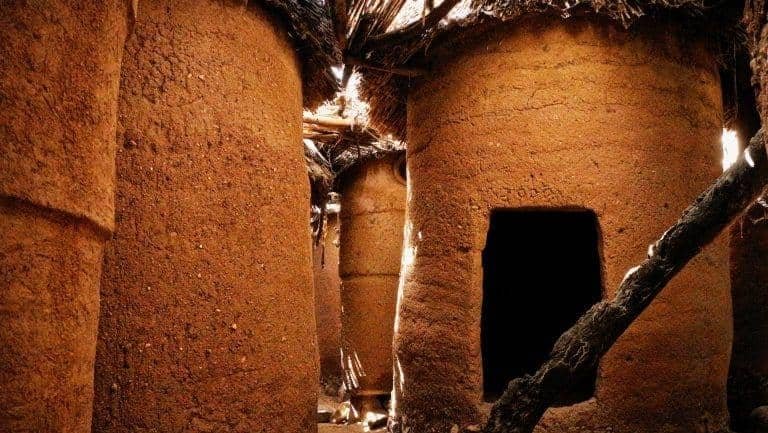A Journey Through Nature, Culture, and Endless Adventures.
Cameroon
Our Destinations
Capital City : Yaounde
Location :
Cameroon is a country Central Africa. It shares boundaries with Nigeria to the west and North, Chad to the northeast, the Central Africa Republic to the east, and Equatorial Guinea, Gabon and the Republic of Congo to the south.
Its coastline lies on the Bight of Biafra, part of the Gulf of Guinea, and the Atlantic Ocean. Due to its strategic position at the crossroad between West Africa, and Central Africa, its has been categorized as been boots camps.
- Area : 475,442 sq km
- Language : French and English
- Population : 31.000.000
- Currency : Fcfa
- Time : GMT + 1
- Country Calling Code : +237

WHY TO TRAVEL
From the arid savannahs of the sahel to the lush primeval forest, from the black beaches of volcanic sand; dominated by the majestic Mont Cameroon, to the surreal peaks of the Mandara Mountain ‘’ Africa in miniature’’ fully maintains its promises of landscape and morphological variety.
An exceptional geography for this generous land that includes as many cultural treasures, with over 250 peoples that make up the rich ethnographic mosaic of Cameroon.
Populations such as the hide, whit their characteristic decorated calebasse headdresses, the ba’aka pygmies, the only depositories of lifestyle in symbiosis with most intricate and apparently inhospitable nature. Or the koma, which are handed down from generation to generation, ancient ancestral traditions of animist rituals, and the musgum with their suggestive raw earth howitzer dwellings, without forgetting the colorful system of powerful chefferies, guarantors of tradition of the central-western peoples, who for centuries have exercised ancestral and symbolic power from their courts, in parallel with institutional politics, intertwining and overlapping it in a subtle balance.
It is not surprising that such a rich land has over the centuries templed the colonialism of the European power in constant competition with each other. This is how today the ancient traces of the first Portuguese coastal presence and the most recent English, German and French dominations.
In politics, economy and religion, survive almost everywhere. In native languages and ancestral beliefs still prevail intact and more deeply felt than ever, Cameroon also the country where a large part of the population is able to express themselves in Germany, French and English, as well as presenting a mix of Christian religious currents, from Catholism to Protestantionism, without forgetting the arab-muslim influence that came though centuries of trans-Saharan trade of peulh theocratic wars, lapping most of the Cameroonian savannahs.
Every region of Cameroon is a microcosm in its own right, and visiting this country is like immersing yourself in a mosaic of cultural and geographical realities, different from each other.

WHEN TO TRAVEL
Its all depending on where the tourist wants to go. The south of country is entirely wooded, known in the year four seasons, a dry season from December to March, a short raining season from April to June. A short raining season from July to September and a long raining season from October to November.
In the north part, on contrary, there are two distinct season. A rain season from June to October and dry season the rest of the year, but all this is theoretical because the nuance exist for example in the west where the rains fall in July, august and September and in the coast its rains almost all the time. Apart from the national parks located in the north of the country which are difficult to access during the rainy season.
Cameroon can be visited all year

